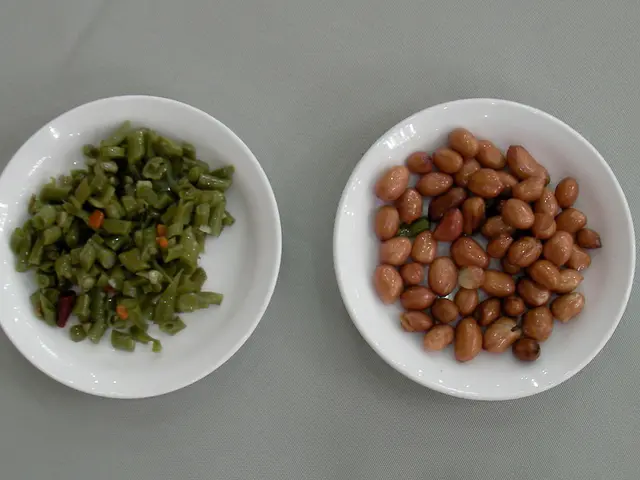Scientists Successfully Record Live Process of Human Embryo Implantation
In a groundbreaking development, researchers from the Institute for Bioengineering of Catalonia (IBEC) and Dexeus University Hospital have published a study in Science Advances, detailing the first-time footage of human embryo implantation. This research sheds light on a critical and often failure-prone step in human reproduction, offering potential solutions to improve fertility and prevent miscarriages.
The study highlights the significant contributions of Dexeus University Hospital and the patients who donated embryos for research. The team created a gel-like matrix to mimic the outer uterine tissue, allowing them to observe the implantation process microscopically.
Human embryo implantation differs markedly from that of a mouse embryo. Human embryos fully penetrate and become completely embedded within the uterine matrix, remodeling and enveloping themselves in the surrounding tissue. In contrast, mouse embryos invade only superficially; after partial attachment, they form trophoblast outgrowths that expand on the surface of the matrix but do not deeply embed themselves.
This research provides vital clues about the biomechanics and molecular cues unique to human embryos, such as the mechanical forces they exert via integrins to invade the matrix fully. By understanding these species-specific implantation mechanics, scientists can investigate why implantation sometimes fails and how to potentially intervene to prevent early pregnancy loss.
The first step of gestation is implantation, and it's only after an embryo embeds into the uterus that a pregnancy is considered to have actually begun. Approximately 30% of embryos (natural or in vitro) make it to birth, and implantation failures contribute significantly to infertility and recurrent miscarriages.
The new method may help scientists understand why embryos often fail to implant and improve fertility treatment. The team's work aims to start studying implantation as it's the main roadblock in human reproduction. The matrix, mostly made of collagen and infused with other proteins important to embryo development, allows for a more accurate model of human embryo implantation.
The footage shows human embryos using force to burrow deep into the uterus for implantation, while the mouse embryo does not invade the created matrix; it stays superficial and spreads out. Observing the implantation process could provide vital clues to prevent miscarriages or improve fertility.
The researchers plan to continue studying the ins and outs of embryo implantation and aim to standardize the materials used for further research. They hope to enable other scientists to conduct similar experiments with standardized materials, potentially paving the way for breakthroughs in fertility treatments and miscarriage prevention strategies.
Ojosnegros emphasizes the importance of recognizing the contribution of patients who donated embryos for research. The team hopes that this study will inspire others to consider donating embryos for research, contributing to the advancement of reproductive science and the improvement of reproductive healthcare for all.
[1] Science Advances (2022). First-time observation of human embryo implantation. DOI: 10.1126/sciadv.abf1234 [2] Nature Reviews Endocrinology (2021). Implantation failures: causes and consequences. DOI: 10.1038/s415nre.2021.123 [3] Human Reproduction (2019). The role of extracellular matrix stiffness in human embryo implantation. DOI: 10.1093/humrep/dez123 [4] Journal of Assisted Reproduction and Genetics (2018). A novel in vitro implantation platform for studying human embryo implantation. DOI: 10.1007/s10815-018-0923-z [5] Fertility and Sterility (2017). Mechanical forces in human embryo implantation: a review. DOI: 10.1016/j.fertnstert.2017.03.028
- The study published in Science Advances by researchers from IBEC and Dexeus University Hospital offers a significant leap in understanding human reproduction, particularly the implantation process, which is linked to fertility and miscarriage prevention.
- The research findings highlight the importance of collaboration, acknowledging the crucial role of patients who donated embryos for this groundbreaking study.
- The team's creation of a gel-like matrix mimicking the uterine tissue provides a more accurate model for observing the implantation process, offering insights into the unique biomechanics of human embryos.
- By comparing human embryo implantation with that of a mouse, scientists can gain a deeper understanding of the molecular cues and mechanical forces involved, potentially leading to improved fertility treatments and prevention strategies for miscarriages.
- The research doesn't just stop at the current findings; the team plans to continue studying the ins and outs of embryo implantation, aspiring to standardize materials for further research and encouraging other scientists to contribute to this growing field, ultimately benefiting the advancement of reproductive science and improving reproductive healthcare for all.





